Low Western Monarch Populations and How Milkweed Helps
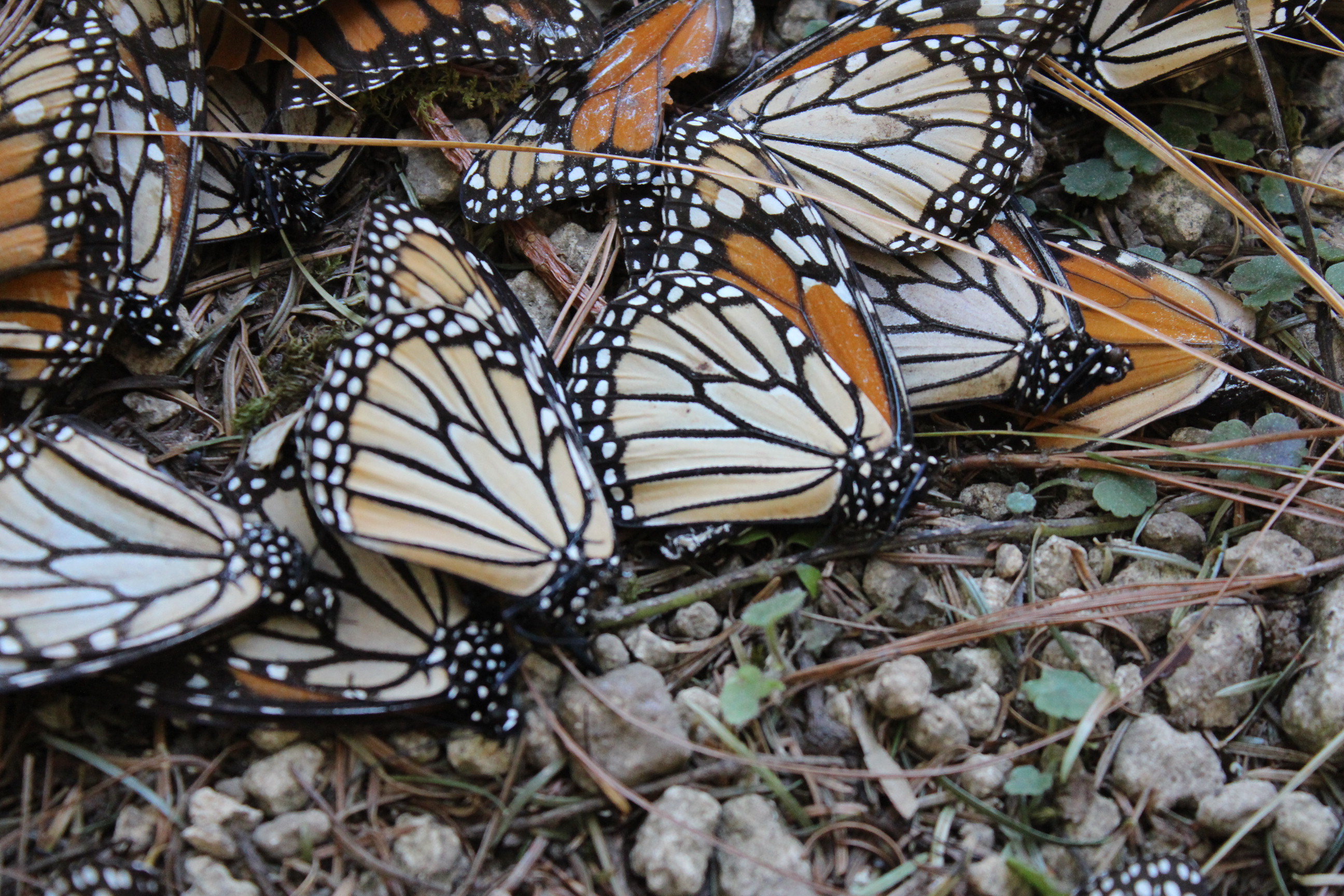
Population Decline
Historic record lows of western monarch butterfly (Danaus plexippus) populations overwintering in California were reported by the Xerces Society for Invertebrate Conservation. The citizen scientist-lead research reported an 86% decline in monarch populations overwintering in California since last year. What do these numbers represent for the future of monarchs? What is causing this decline and how does growing milkweed help?
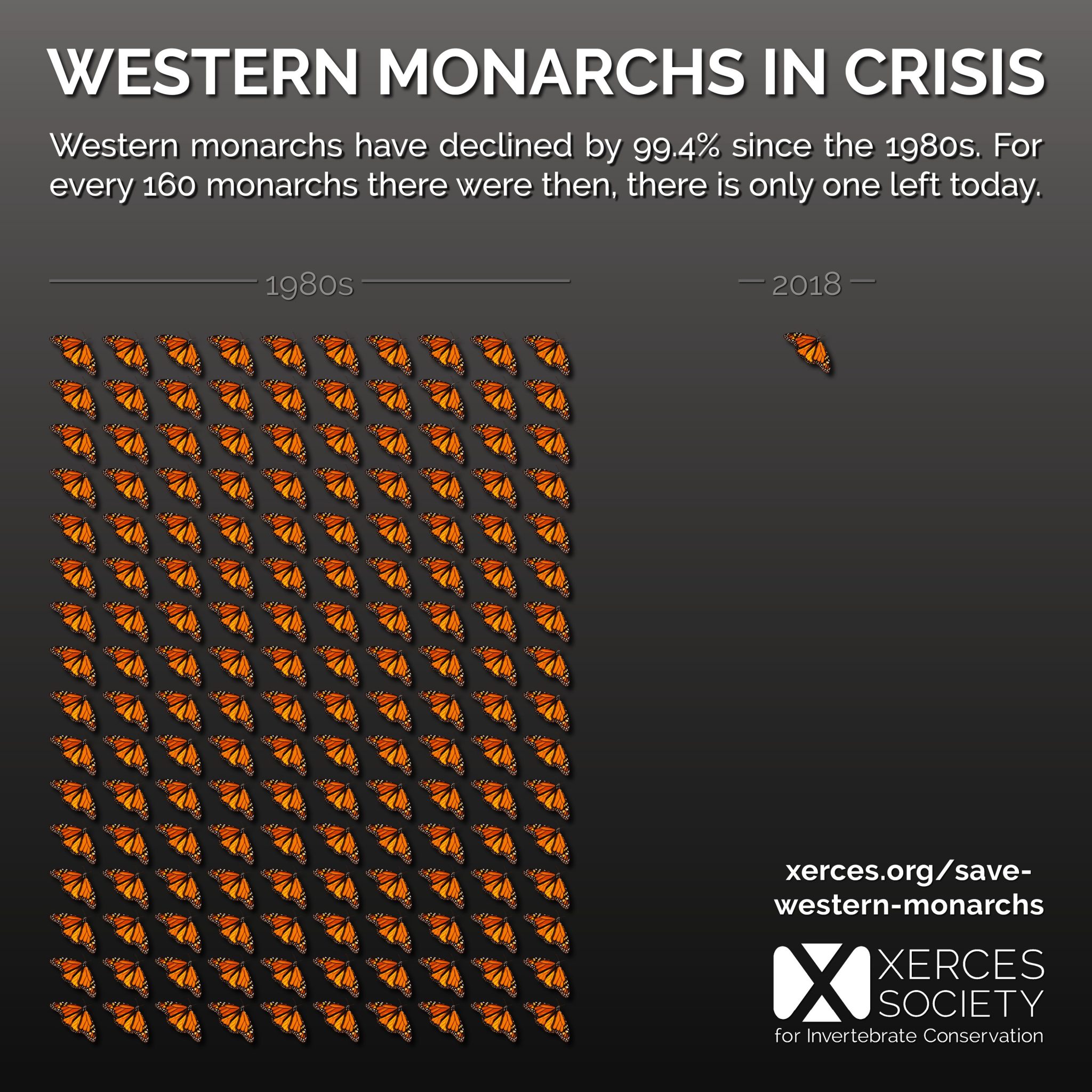
The western monarch cannot survive winter temperatures so each year they migrate from west of the Rockies to California’s warm coast and eucalyptus forests. The sites surveyed indicate a decrease from approximately 148,000 butterflies in 2017 to less than 20,500 in 2018. This is a drastic change from the estimated 1 million in 1997 and 4.5 million in the 1980’s (Schultz et al. 2017).
Habitat Loss
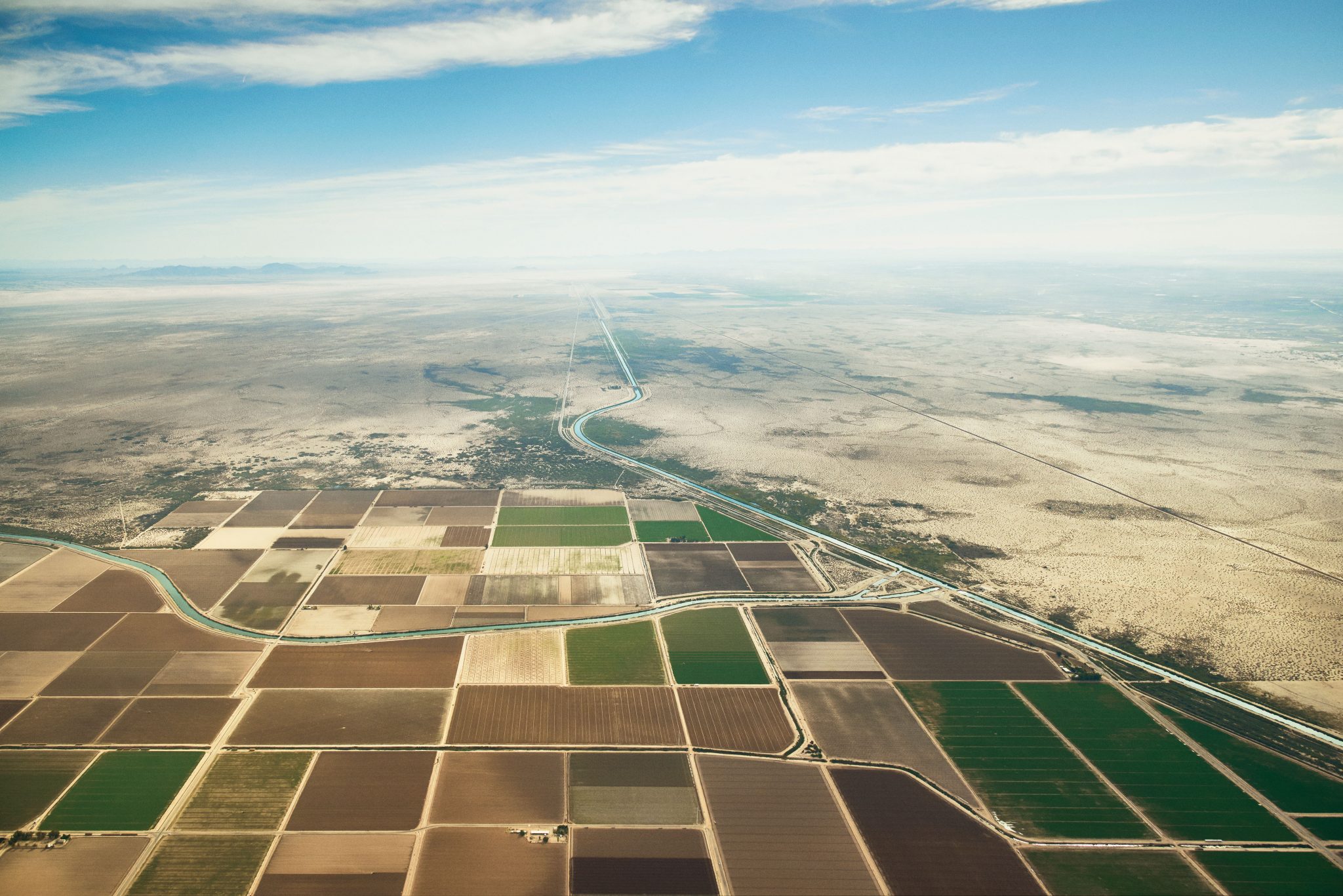
The causes behind this rapid population decline have not been specifically identified. Some blame this year’s drop on California’s weather, citing a late rainy season, severe wildfires, and drought. While these factors all contribute to the population drop, the single biggest contributor to their decline is the same as it has always been: loss of habitat due to agriculture. Clearing habitats for crop production coupled with widespread use of GMO crops and harmful chemicals are wiping out milkweed– and consequently monarchs.
The Silver Lining- Milkweed
Habitat loss, excessive pesticide use, and decreased milkweed are long term stressors for these pollinators and aided with community support. Together, we can transform the way we grow, access, and cook food with a system that improves human health while reducing ecological stress and species extinction.
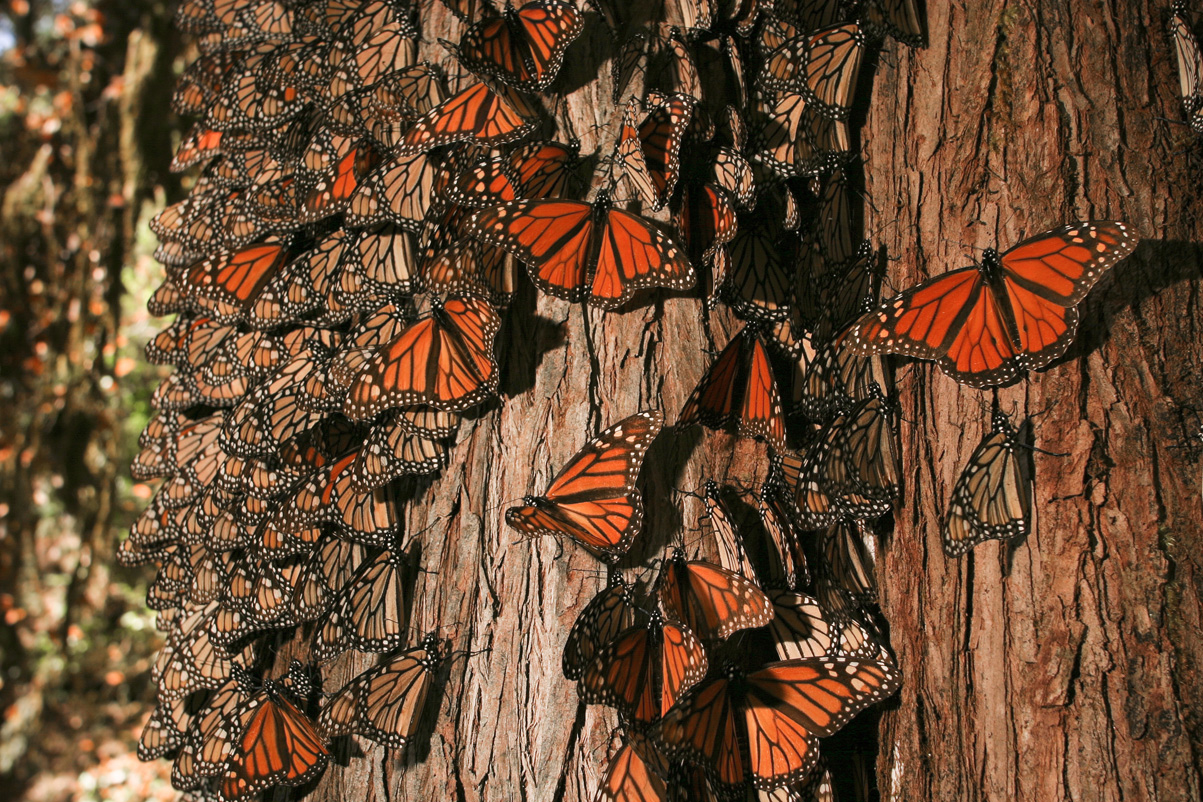
ECOLIFE is implementing solutions that address both systemic issues in food systems and monarch butterfly survival. Our programs work to create a food system that encourages monarch-friendly habitats here in California and central Mexico. Our Aquaponics Innovation Center increases access to sustainable and healthy produce (while consuming a fraction of the space and water) without the use of pesticides– preserving milkweed habitat.
We also grow native milkweed and encourage planting through our Milkweed for Monarchs Seed Program. This program provides narrow leaf milkweed (Asclepias fascicularis) seeds to residents in western states. To take part, please make a $5 (or more) donation on our website or email admin@ecolifeconservation.org.
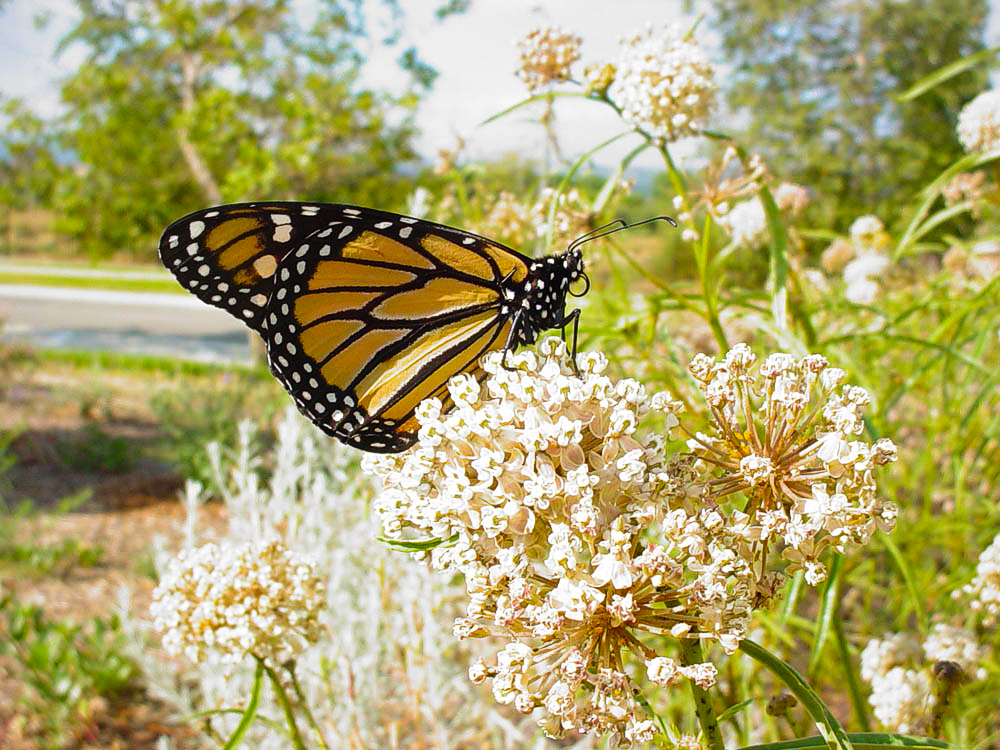
The work we do to protect and restore monarch-friendly habitat has a ripple effect that doesn’t stop at monarchs. It will also benefit many other pollinators, and, ultimately, humans. Check out our blog on simple ways to show pollinators some love.